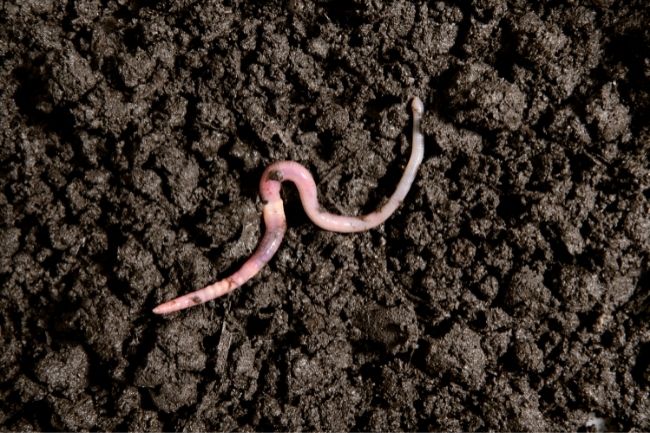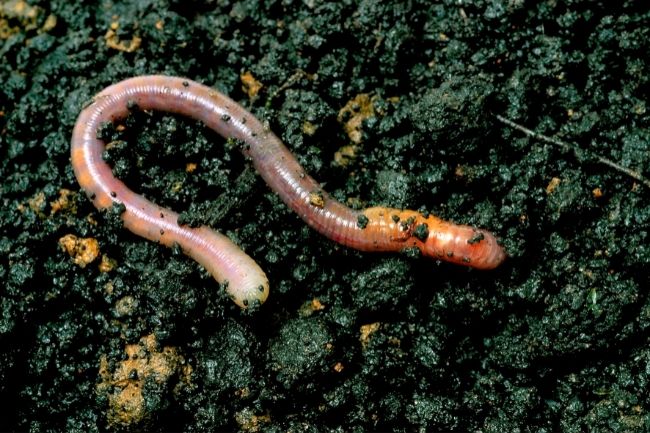Earthworms do feel pain, as they have a nervous system that allows them to detect when they have been injured. They do not appear to feel emotional pain, however, in the same way that we might.
Contents
Earthworm’s nervous system explained

For many centuries, many people believed that animals did not experience pain or have emotions. Today, scientific studies have shown us that most animals do experience pain, and many have some kind of emotional senses.
It can be difficult to assess when animals feel pain, as most animals mask when they are in pain or injured, as this will make them a target for predators, or could cause them to be excluded by their peers.
If we observe an earthworm’s behaviour, we can see that they react strongly if something occurs that may cause them pain. For example, if an earthworm gets salt on its skin, or if it is cut in half, it will wriggle fiercely, as if trying to escape.
| Nervous System Component | Description |
|---|---|
| Ganglia | Clusters of nerve cell bodies, serve as “mini-brains” |
| Nerve Cord | Long cord running along the length of the body |
| Nerves | Bundles of nerve fibers extending from the nerve cord |
| Sensory Receptors | Specialized cells for detecting stimuli and transmitting signals |
| Ventral Nerve Cord | Main nerve cord on the underside of the worm |
Beyond such observations, we know that earthworms do have a nervous system, that like ours relays important sensory information to its brain. The earthworm has a number of different sensors that can detect a range of external stimulation.
Earthworms have sensors that can detect touch, heat, light and various chemical compounds. If an earthworm nears something that its sensors suspect might be harmful, the feedback from its sensors tells it to move away from the potentially damaging situation.

For example, earthworms tend to be sensitive to light, and therefore they will draw back if they emerge at the surface during daylight. Certain vibrations also tell them they may be near a mole, meaning they will aim to move away from where they think the mole might be.
| Sensory Organ | Description |
|---|---|
| Epidermal Receptors | Sensory cells in the body wall for touch and vibration |
| Photoreceptors | Light-sensitive cells for detecting changes in light |
| Chemoreceptors | Cells for detecting chemical substances in the environment |
| Mechanoreceptors | Cells for detecting mechanical stimuli, such as pressure or movement |
All this tells us that earthworms try to keep clear of harm. This makes perfect sense, as they would not survive to have offspring if they happily wandered into a harmful situation.
What we can’t be sure of is whether earthworms feel emotional pain. Emotional pain adds significantly to the negative impact of pain, both mentally and physically. Currently, it is thought that the earthworm’s brain is not complex enough for it to experience emotional pain.
Also read: Earthworms Reproduction Explained (Sexual and Asexual)
Do earthworms die if cut in half?
While no earthworm is going to enjoy being cut in half, the good news is that earthworms can sometimes survive being cut in half. If the head of the earthworm is intact, and the cut is below the saddle, then this half of the earthworm can regrow its body and survive.
Sadly, however, the other half of the worm will not survive, slowly shrivelling away. Yet, even though the worm can potentially survive this, it is clear that they do not enjoy the process, and will feel pain from it. Therefore, it would be considered cruel to purposefully cut a worm in half.

